Post LG 2.3 CF WM3455HW 24" washer/dryer combo problems here:
studio460
10 years ago
Related Stories

REMODELING GUIDESContractor Tips: Advice for Laundry Room Design
Thinking ahead when installing or moving a washer and dryer can prevent frustration and damage down the road
Full Story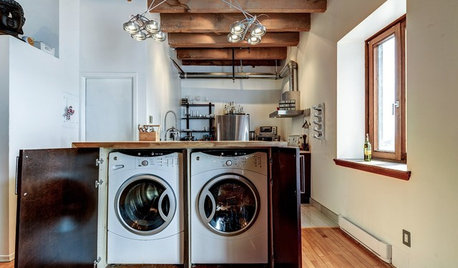
LAUNDRY ROOMSA Kitchen Laundry Cabinet Full of Surprises
A little DIY spirit allowed this homeowner to add a washer, dryer, kitchen countertop and dining table all in one
Full Story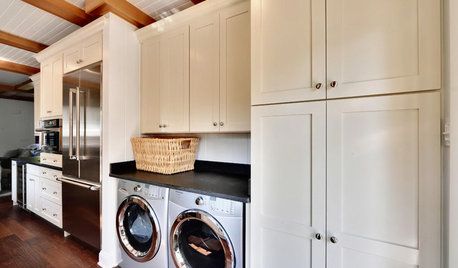
KITCHEN DESIGNRenovation Detail: The Kitchen Laundry Room
Do your whites while dishing up dinner — a washer and dryer in the kitchen or pantry make quick work of laundry
Full Story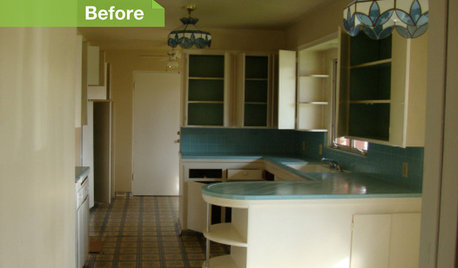
KITCHEN DESIGN24 Dramatic Kitchen Makeovers
From drab, dreary or just plain outdated to modernized marvels, these kitchens were transformed at the hands of resourceful Houzzers
Full Story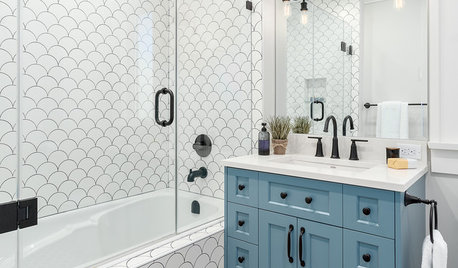
BATHROOM DESIGNShower Curtain or Shower Door?
Find out which option is the ideal partner for your shower-bath combo
Full Story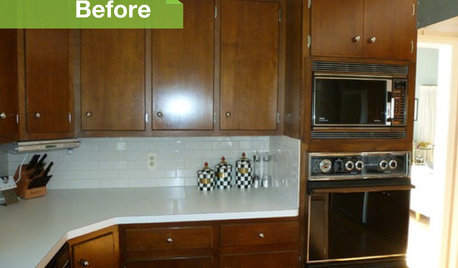
KITCHEN DESIGN3 Dark Kitchens, 6 Affordable Updates
Color advice: Three Houzzers get budget-friendly ideas to spruce up their kitchens with new paint, backsplashes and countertops
Full Story
ECLECTIC HOMESHouzz Tour: Rebooting a 1930s Bungalow in 3 Days
A design team mixes old and new to upgrade a computer science teacher's home in a flash
Full Story
FARMHOUSESNew This Week: 2 Charming Farmhouse Kitchens With Modern Convenience
These spaces have all of today’s function with yesteryear’s simplicity and character
Full Story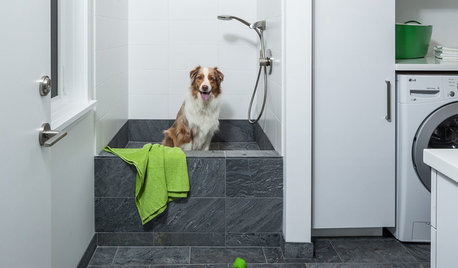
LAUNDRY ROOMSYour Guide to a Beautiful, Efficient Laundry Room
Whether you’re renovating or you just need a fresh approach to the wash-dry-fold cycle, here’s how to make laundry day easier — and even fun
Full Story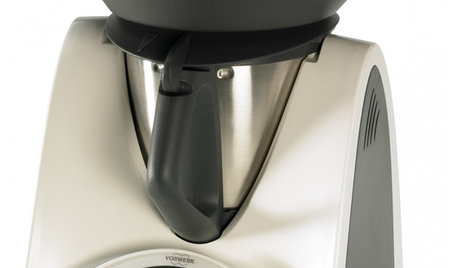
HOME TECH3 Kitchen Contraptions You Won’t Believe
Pizza hot from the printer, anyone? These cooking gadgets harness imagination and high tech — and have price tags to match
Full StorySponsored
Industry Leading Interior Designers & Decorators in Franklin County
More Discussions







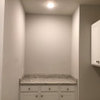
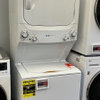
studio460Original Author
studio460Original Author
Related Professionals
College Park Kitchen & Bathroom Designers · Bethel Park Kitchen & Bathroom Remodelers · Paducah Kitchen & Bathroom Remodelers · Whitehall Cabinets & Cabinetry · Leesburg Custom Closet Designers · Mesa Custom Closet Designers · Englewood Flooring Contractors · Jenison Flooring Contractors · Kent Flooring Contractors · Laguna Beach Flooring Contractors · Land O' Lakes Flooring Contractors · Monroeville Flooring Contractors · Owings Mills Flooring Contractors · Oxford Flooring Contractors · Wyomissing Flooring Contractorsstudio460Original Author
studio460Original Author